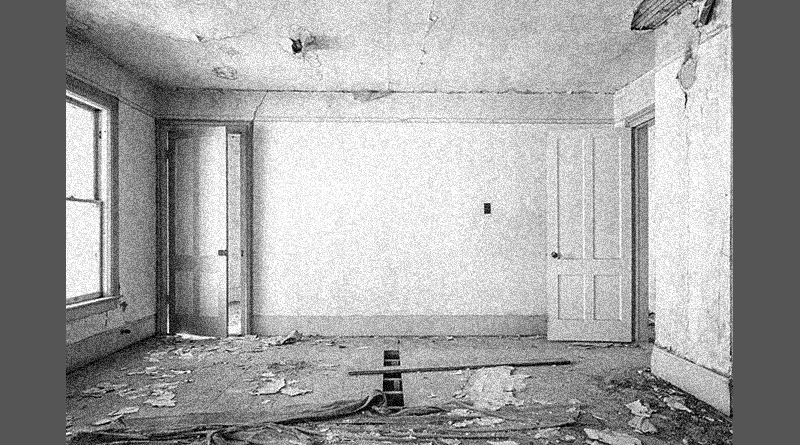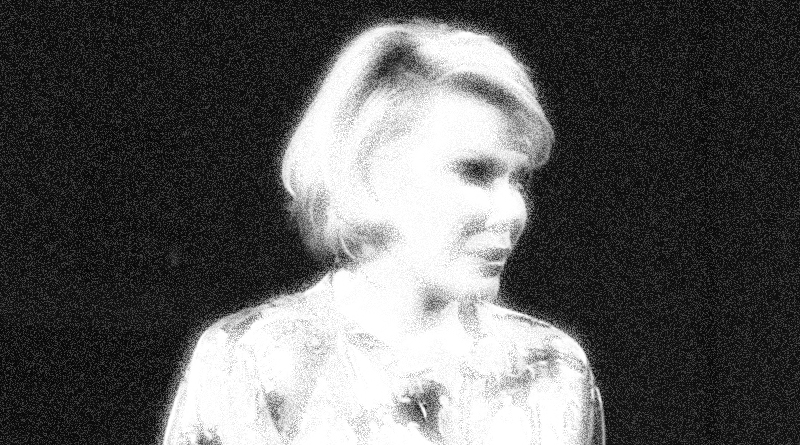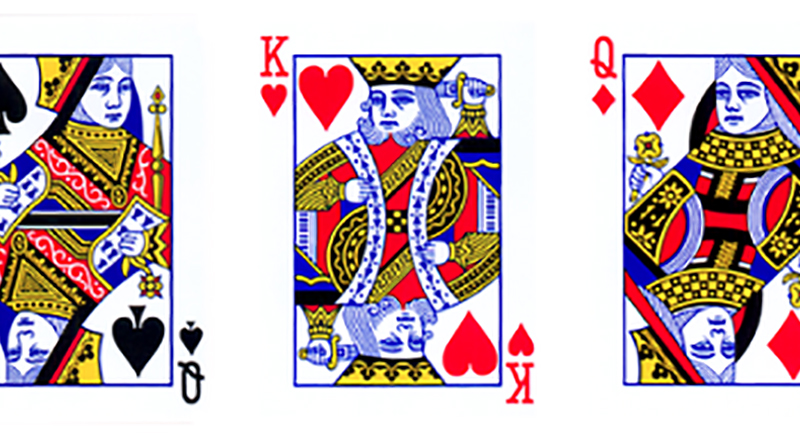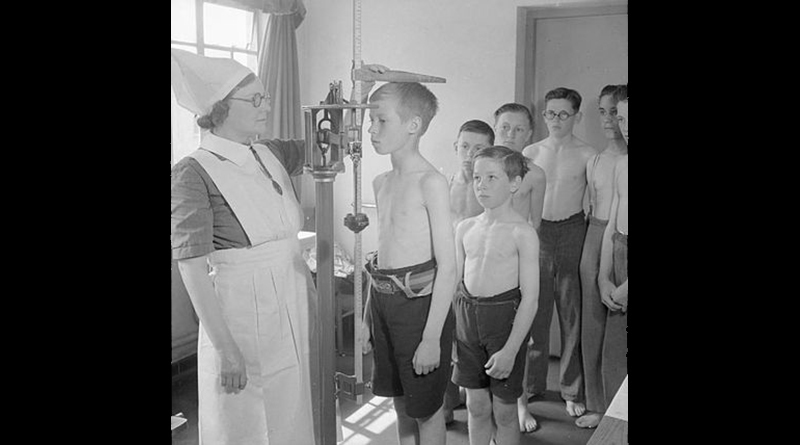
The “Fejee Mermaid” was by many supposed to be a curiosity manufactured by myself or made to my order. This is not the fact. I certainly had much to do in bringing it before the public, and as I am now in the confessional mood, I will “make a clean breast” of the ways and means I adopted for that purpose. I must first, however, relate how it came into my possession and its alleged history.
Early in the summer of 1842, Moses Kimball, Esq., the popular proprietor of the Boston Museum, came to New York and exhibited to me what purported to be a mermaid. He stated that he had bought it of a sailor whose father, while in Calcutta in 1817 as captain of a Boston ship (of which Captain John Ellery was principal owner), had purchased it, believing it to be a preserved specimen of a veritable mermaid, obtained, as he was assured, from Japanese sailors. Not doubting that it would prove as surprising to others as it had been to himself, and hoping to make a rare speculation of it as an extraordinary curiosity, he appropriated 6,000 dollars of the ship’s money to the purchase of it, left the ship in charge of the mate, and went to London.
He did not realise his expectations, and returned to Boston. Still believing that his curiosity was a genuine animal and therefore higly valuable, he preserved it with great care, not stinting himself in the expense of keeping it insured, though re-engaged as ship’s captain under his former employers to reimburse the sum taken from their funds to pay for the mermaid. He died possessing no other property, and his only son and heir, who placed a low estimate on his father’s purchase, sold it to Mr. Kimball, who brought it to New York for my inspection.
Such was the story. Not trusting my own acuteness on such matters, I requested my naturalist’s opinion of the genuineness of the animal. He replied that he could not conceive how it was manufactured; for he never knew a monkey with such peculiar teeth, arms, hands, &c., nor had he knowledge of a fish with such peculiar fins.
“Then why do you suppose it is manufactured?” I inquired.
“Because I don’t believe in mermaids,” replied the naturalist.
“That is no reason at all,” said I, “and therefore I’ll believe in the mermaid, and hire it.”
This was the easiest part of the experiment. How to modify general incredulity in the existence of mermaids, so far as to awaken curiosity to see and examine the specimen, was now the all-important question. Some extraordinary means must be resorted to, and I saw no better method than to “start the ball a-rolling” at some distance from the centre of attraction.
In due time a communication appeared in the “New York Herald,” dated and mailed in Montgomery, Ala., giving the news of the day, trade, the crops, political gossip, &c., and also an incidental paragraph about a certain Dr. Griffin, agent of the Lyceum of Natural History in London, recently from Pernambuco, who had in his possession a most remarkable curiosity, being nothing less than a veritable mermaid taken among the Fejee Islands, and reserved in China, where the Dr. had bought it at a high figure for the Lyceum of Natural History.
A week or ten days afterwards, a letter of similar tenor, dated and mailed in Charleston, S. C., varying of course in the items of local news, was published in another New York paper.
This was followed by a third letter, dated and mailed in Washington city, published in still another New York paper — there being in addition the expressed hope that the Editors of the Empire city would beg a sight of the extraordinary curiosity before Dr. Griffin took ship for England.
A few days subsequently to the publication of this thrice repeated announcement, Mr. Lyman (who was my employé in the case of Joice Heth) was duly registered at one of the principal hotels in Philadelphia as Dr. Griffin of Pernmambuco for London. His gentlemanly, dignified, yet social manners and liberality gained him a fine reputation for a few days, and when he paid his bill one afternoon, preparatory to leaving for New York the next day, he expressed his thanks to the landlord for special attention and courtesy. “If you will step to my room,” said Lyman, alias Griffin, “I will permit you to see something that will surprise you. Whereupon the landlord was shown the most extraordinary curiosity in the world — a mermaid. He was so highly gratified and interested that he earnestly begged permission to introduce certain friends of his, including several editors, to view the wonderful specimen.
“Although it is no interest of mine,” said the curiosity hunter, “the Lyceum of Natural History, of which I am agent, will not be injured by granting the courtesy you request.” And so an appointment was made for the evening.
The result might easily be gathered from the editorial columns of the Philadelphia papers a day or two subsequently to that interview with the mermaid. Suffice it to say, that the plan worked admirably, and the Philadelphia press aided the press of New York in wakening a wide-reaching and increasing curiosity to see the mermaid.
I may as well confess that those three communications from the South were written by myself, and forwarded to friends of mine, with instructions respectively to mail them, each on the day of its date. This fact and the corresponding post-marks did much to prevent suspicion of a hoax, and the New York editors thus unconsciously contributed to my arrangements for bringing the mermaid into public notice.
Lyman then returned to New York with his precious treasure, and putting up at the Pacific Hotel in Greenwichi-street as Dr. Griffin, it soon reached the ears of the wide-awake reporters for the press that the mermaid was in town. They called at the Pacific Hotel, and the polite agent of the British Lyceum of Natural History kindly permitted them to gratify their curiosity. The New York newspapers contained numerous reports of these examinations, all of which were quite satisfactory.
I am confident that the reporters and editors who examined this animal were honestly persuaded that it was what it purported to be — a veritable mermaid. Nor is this to be wondered at, since, if it was a work of art, the monkey and fish were so nicely conjoined that no human eye could detect the point where the junction was formed. The spine of the fish proceeded in a straight and apparently unbroken line to the base of the skull — the hair of the animal was found growing several inches down on the shoulders of the fish, and the application of a microscope absolutely revealed what seemed to be minute fish scales lying in myriads amidst the hair. The teeth and formation of the fingers and hands differed materially from those of any monkey or orang-outang ever discovered, while the location of the fins was different from those of any species of the fish tribe known to naturalists. The animal was an ugly, dried up, black-looking, and diminutive specimen, about three feet long. Its mouth was open, its tail turned over, and its arms thrown up, giving it the appearance of having died in great agony.

Assuming, what is no doubt true, that the mermaid was manufactured, it was a most remarkable specimen of ingenuity and untiring patience. For my own part I really had scarcely cared at the time to form an opinion of the origin of this creature, but it was my impression that it was the work of some ingenious Japanese, Chinaman, or other eastern genius, and that it had probably been one among the many hideous objects of Buddhist or Hindoo worship.
Recently however, in reading myself up on the history of Japan, I found the following article in a work entitled “Manners and Customs of the Japanese in the Nineteenth Century, from the accounts of recent Dutch residents in Japan, and from the German work of Dr. Ph. Fr. Von Siebold:”
“Another Japanese fisherman displayed his ingenuity in a less honourable and useful form than Kiyemon, to make money out of his countrymen’s passion for whatever is odd and strange. He contrived to unite the upper half of a monkey to the lower half of a fish, so neatly as to defy ordinary inspection. He then gave out that he had caught the creature alive in his net, but that it had died shortly after being taken out of the water; and he derived considerable pecuniary profit from his device in more ways than one. The exhibition of the sea monster to Japanese curiosity paid well; but yet more productive was the assertion that the half-human fish had spoken during the few minutes it existed out of its native element, predicting a certain number of years of wonderful fertility, to be followed by a fatal epidemic, the only remedy against which would be possession of the marine prophet’s likeness. The sale of these pictured mermaids was immense. Either this composite animal, or another, the offspring of the success of the first, was sold to a Dutch factory and transmitted to Batavia, where it fell into the hands of a shrewd American, who brought it to Europe, and there, in the years 1822–3, exhibited his purchase as a real mermaid, at every capital, to the admiration of the ignorant, the perplexity of the learned, and the filling of his own purse.”
Is it not a plausible conjecture that this account relates to the identical mermaid exhibited in the American Museum? Certainly the method adopted to induce people to buy the likeness, as related by Siebold, fairly entitles my Japanese confrere to the palm and title of “Prince of Humbugs.”
While Lyman was preparing public opinion on mermaids at the Pacific Hotel, I was industriously at work (though of course privately) in getting up wood-cuts and transparencies, as well as a pamphlet, proving the authenticity of mermaids, all in anticipation of the speedy exhibition of Dr. Griffin’s specimen. I had three several and distinct pictures of mermaids engraved, and with a peculiar description written for each, had them inserted in 10,000 copies of the pamphlet which I had printed and quietly stored away in a back office until the time came to use them.
I then called respectively on the editors of the “New York Herald” and two of the Sunday papers, and tendered to each the free use of a mermaid cut, with a well-written description, for their papers of the ensuing Sunday. I informed each editor that I had hoped to use this cut in showing the Fejee Mermaid, but since Mr. Griffin had announced that as agent for the Lyceum of Natural History, he could not permit it to be exhibited in America, my chance seemed dubious, and therefore he was welcome to the use of the engraving and description. The three mermaids made their appearance in the three different papers on the morning of Sunday, July 17, 1842.
Each editor supposed he was giving his readers an exclusive treat in the mermaid line, but when they came to discover that I had played the same game with the three different papers, they pronounced it a scaly trick.
The mermaid fever was now getting pretty well up. Few city readers had missed seeing at least one of the illustrations, and as the several printed descriptions made direct allusion to the mermaid of Mr. Griffin now in town, a desire to see it was generally prevailing. My 10,000 mermaid pamphlets were then put into the hands of boys, and sold at a penny each, (half the cost,) in all the principal hotels, stores, &c. &c.
When I thought the public was thoroughly “posted up” on the subject of mermaids, I sent an agent to engage Concert Hall, Broadway, for the exhibition, and the newspapers immediately contained the following advertisement:
THE MERMAID, AND OTHER WONDERFUL SPECIMENS OF THE ANIMAL CREATION. — The public are respectfully informed that, in accordance with numerous and urgent solicitations from scientific gentlemen in this city, Mr. J. Griffin, proprietor of the Mermaid, recently arrived from Pernambuco, S.A., has consented to exhibit it to the public, positively for one week only! For this purpose he has procured the spacious saloon known as Concert Hall, 404, Broadway, which will open on Monday, August 8, 1842, and will positively close on Saturday the 13th inst.
This animal was taken near the Fejee Islands, and purchased for a large sum by the present proprietor, for the Lyceum of Natural History in London, and is exhibited for this short period more for the gratification of the public than for gain. The proprietor having been engaged for several years in various parts of the world in collecting wonderful specimens in Natural History, has in his possession, and will at the same time submit to public inspection. The ORNITHORRINCHIS, from New Holland, being the connecting link between the Seal and the Duck. The FLYING FISH, two distinct species, one from the Gulf Stream, and the other from the West Indies. This animal evidently connects the Bird with the Fish. The PADDLE-TAIL SNAKE from South America. The SIREN, or MUD IGUANA, an intermediate animal between the Reptile and the Fish. The PROTEUS SANGUIHUS, a subterraneous animal from a grotto in Australia — with other animals forming connecting links in the greatest chain of Animated Nature. Tickets of admission 25 cents each.
A large number of visitors attended Concert Hall, and Lyman, alias Griffin, exhibited the mermaid with much dignity. I could not help fearing that some of the Joice Heth victims would discover in Professor Griffin the exhibitor of the “nurse of Washington,” but happily no such catastrophe occurred. Lyman, surrounded by numerous connecting links in nature, as set forth in the advertisement, and with the hideous-looking mermaid firmly secured from the hands of visitors by a glass vase, enlightened his audiences by curious accounts of his travels and adventures, and by scientific harangues upon the works of nature in general, and mermaids in particular.
The public appeared to be satisfied, but as some persons always will take things literally, and make no allowance for poetic licence even in mermaids, an occasional visitor, after having seen the large transparency in front of the hall, representing a beautiful creature half woman and half fish, about eight feet in length, would be slightly surprised in finding that the reality was a black-looking specimen of dried monkey and fish that a boy a few years old could easily run away with under his arm.
The mermaid remained a single week at Concert Hall, and was then advertised to he seen at the American Museum, “without extra charge.” It was afterwards exhibited in various parts of the country, and finally returned to its owner, MR. KIMBALL, who has ever since given it a prominent niche in his truly beautiful and attractive “BOSTON MUSEUM.” There it will remain until the 31st day of March, 1856. On the 1st of April next (a most appropriate day), it will again make its appearance in my AMERICAN MUSEUM, NEW YORK, where it will remain until January 1st, 1856, to the admiration and astonishment, no doubt, of many thousand patrons. On the 2nd day of January, 1856, the mysterious lady-fish will again take up her old quarters under the guardianship of her owner, the HON. MOSES KIMBALL (he having recently been elected to the State Senate, and thus, acquired the title), and from that period the FEJEE MERMAID will be installed as a prominent and interesting fixture in the BOSTON MUSEUM.
That “her ladyship” was an attractive feature, may be inferred from these facts and figures:
The receipts of the American Museum for the four weeks immediately preceding the exhibition of the mermaid, amounted to 1272 dollars. During the first four weeks of the mermaid’s exhibition, the receipts amounted to 3341 dollars 93 cents.
— The Autobiography of P.T. Barnum (published 1855), by Phineas Taylor Barnum.





